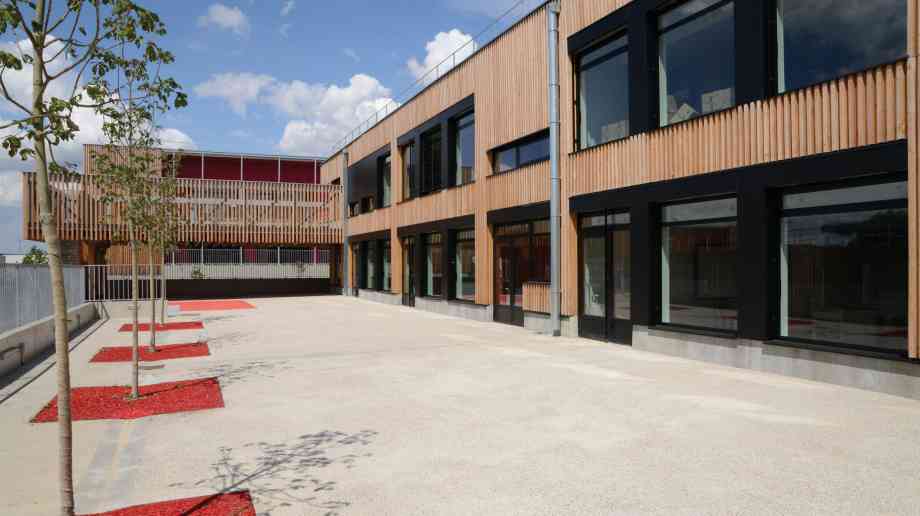With over 25 years experience in the industry, we are an independent family run business by a father-son team, specialising in ‘TR19 Kitchen Extraction / Duct Cleaning & Certification. We are built on reputation and strive to provide an exceptional, professional service in all the work we undertake.
Supplier Focus
Latest Supplier News
nasen is the National Association for Special Educational Needs – a charitable membership organisation that exists to support and champion those working with, and for, children and young people with SEND and learning differences.
Join as a member for free to access resources and support and valuable CPD











